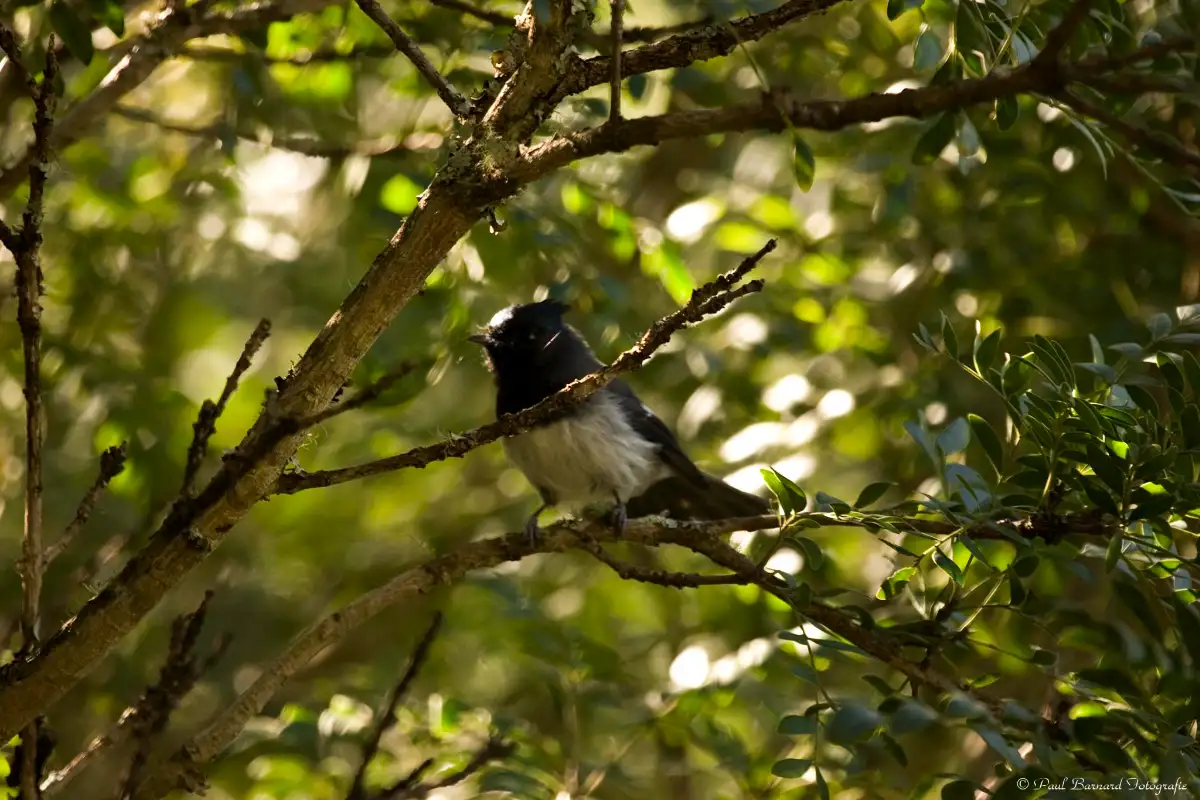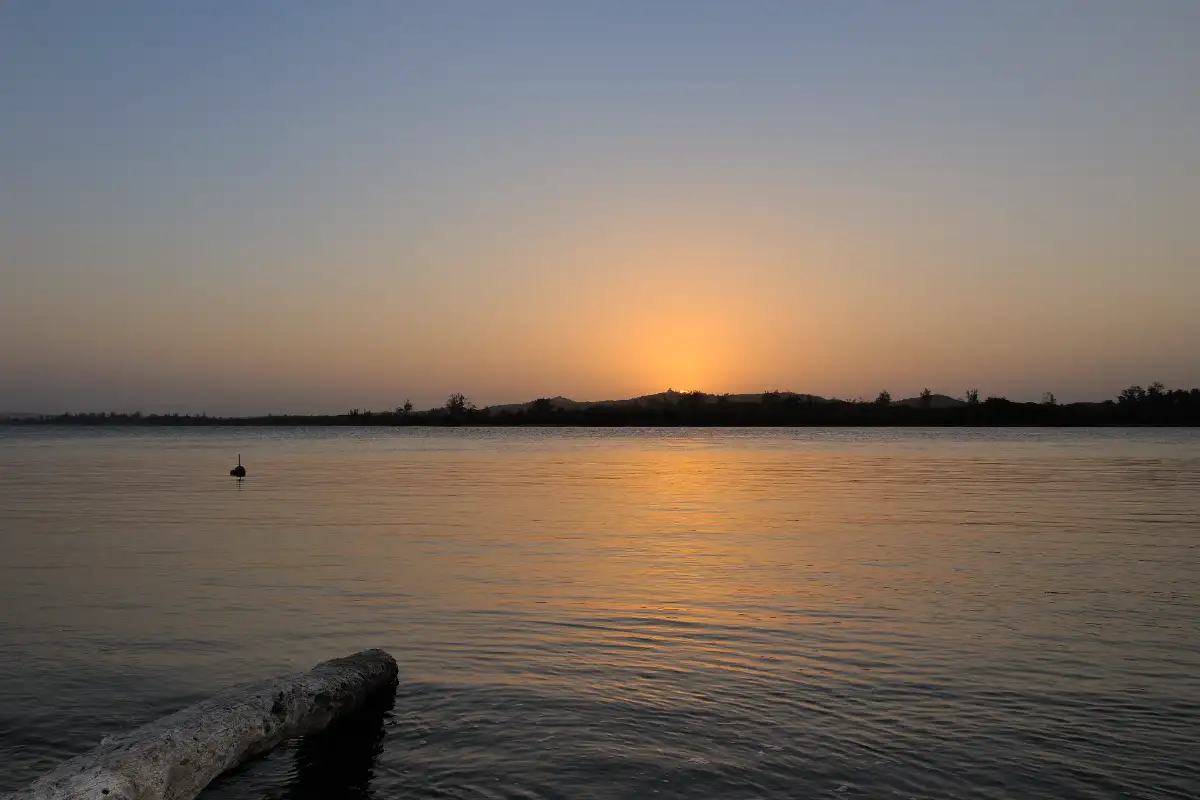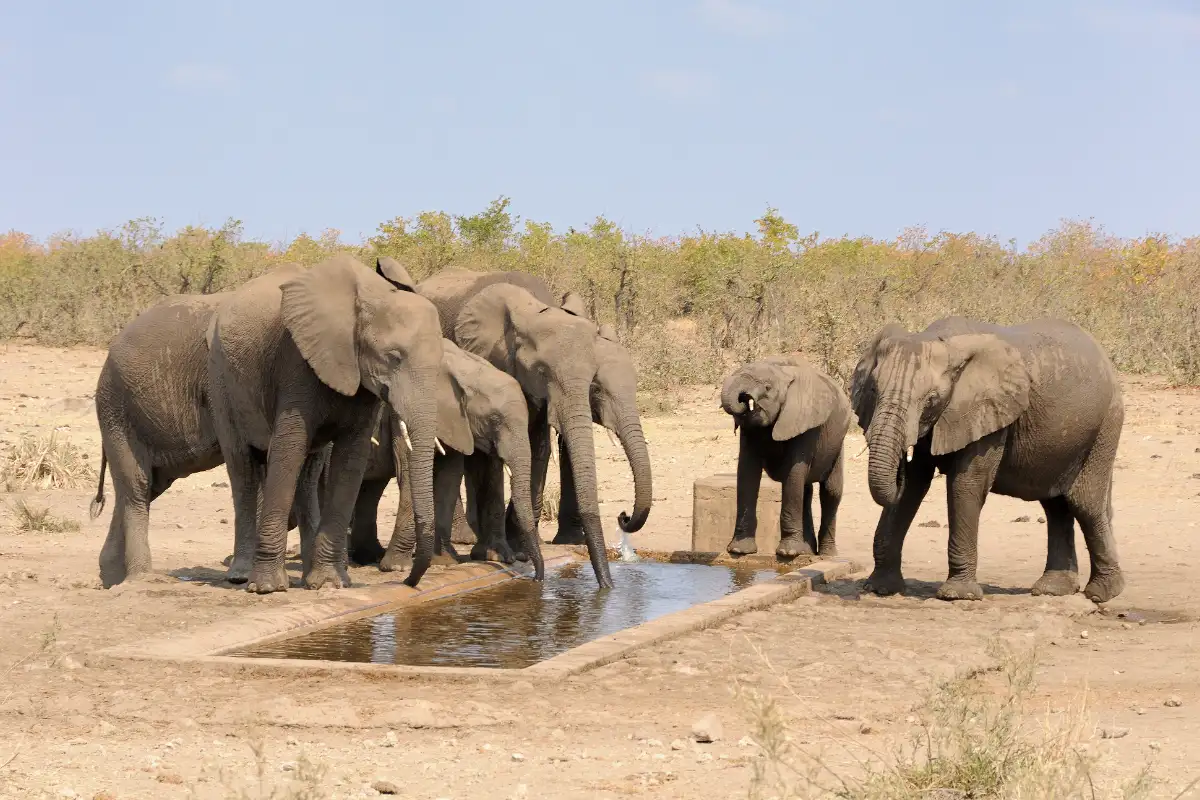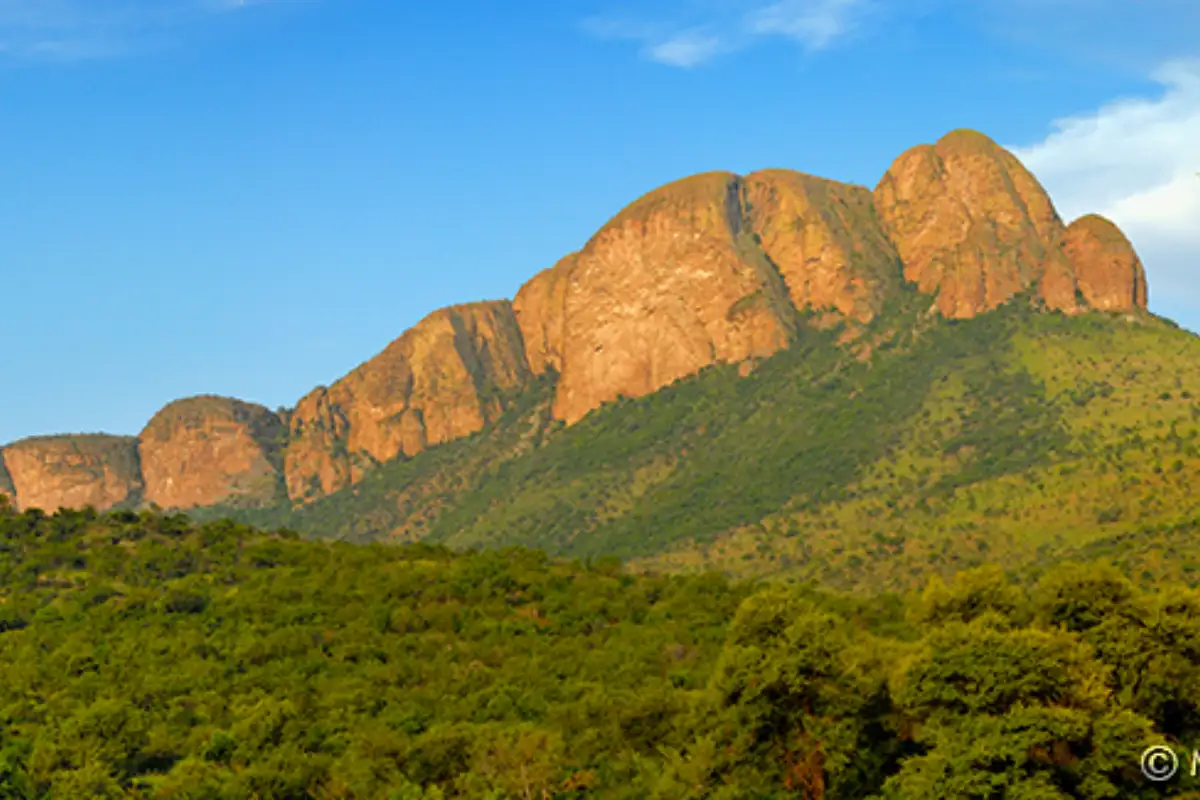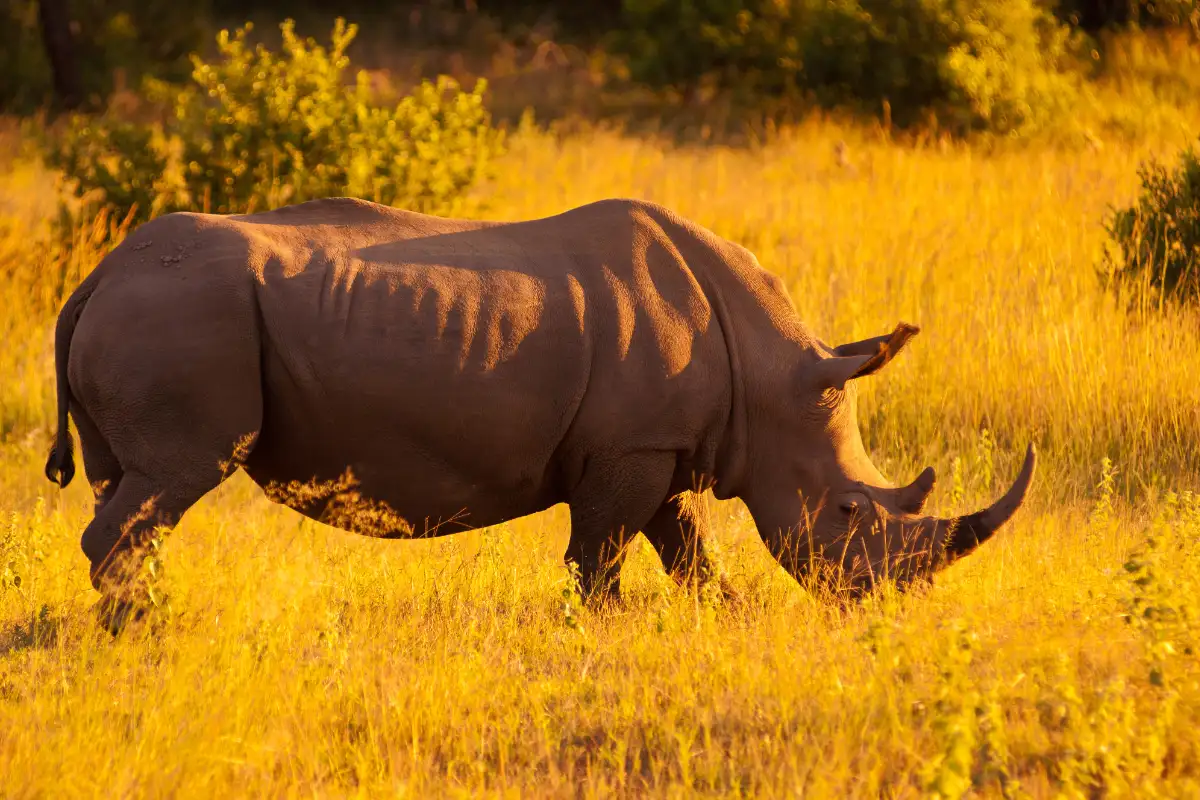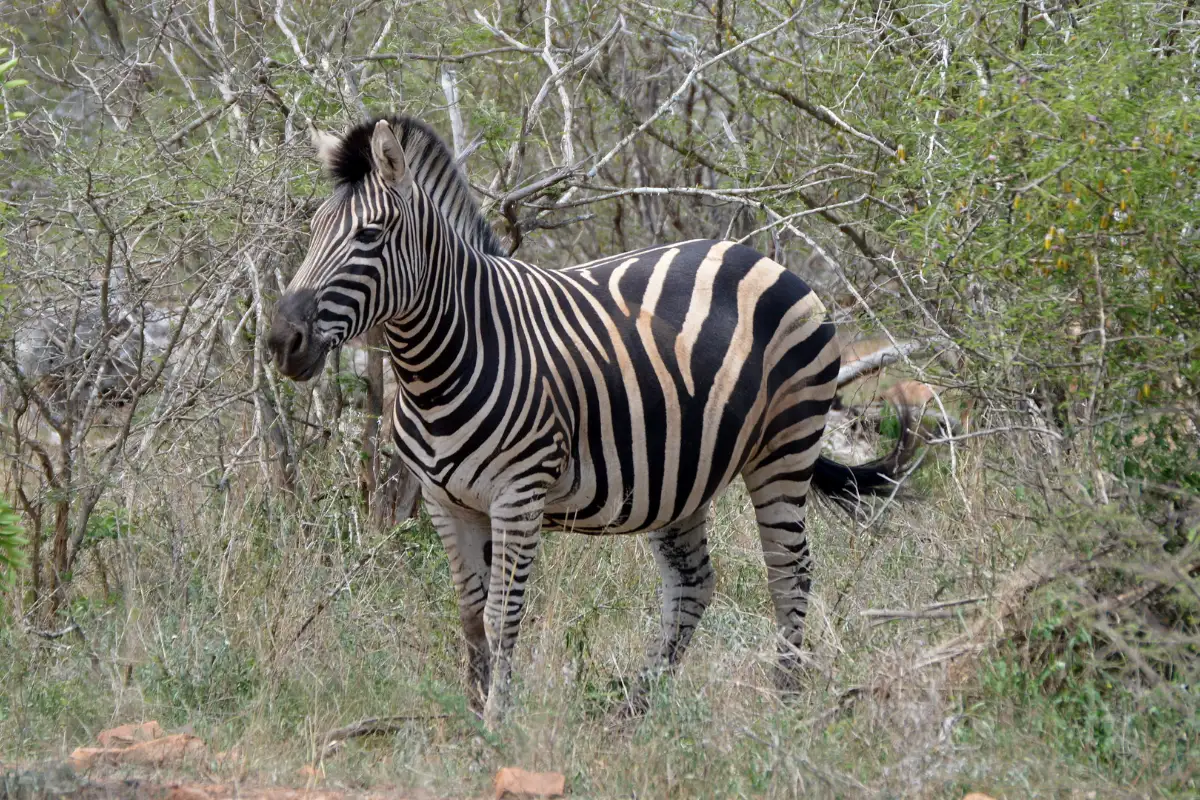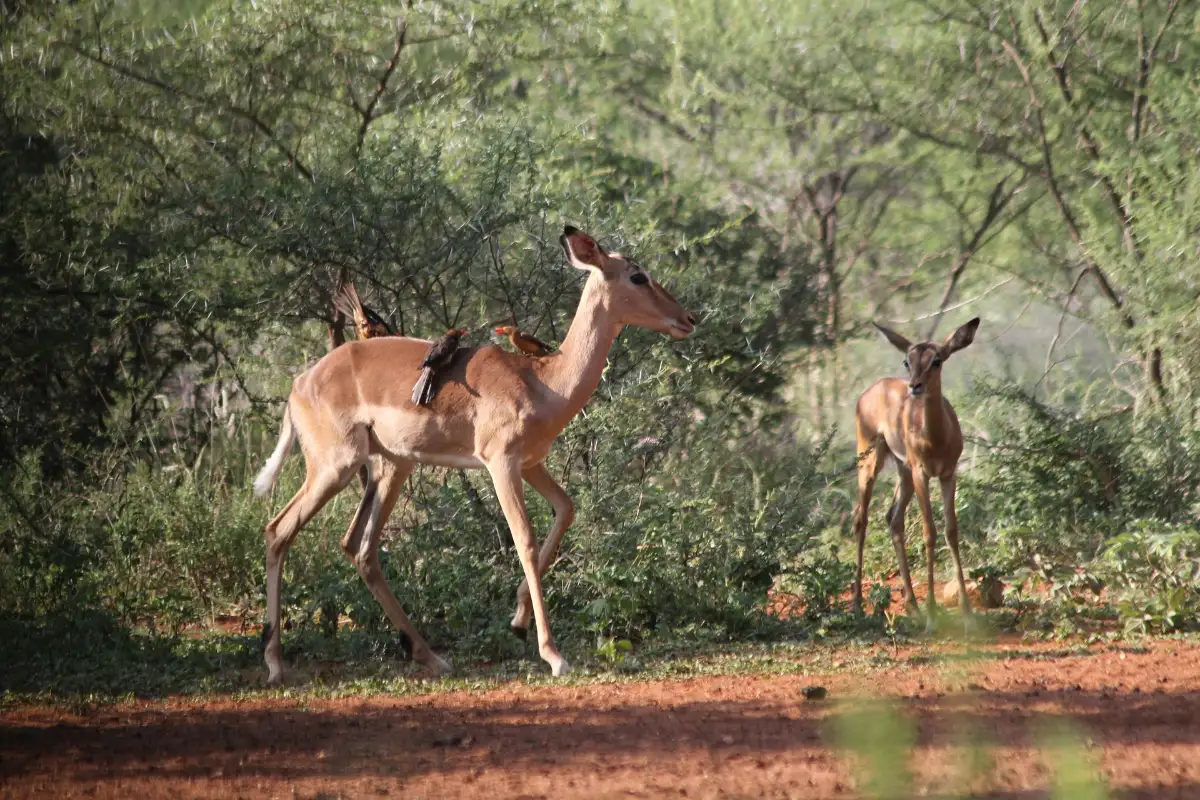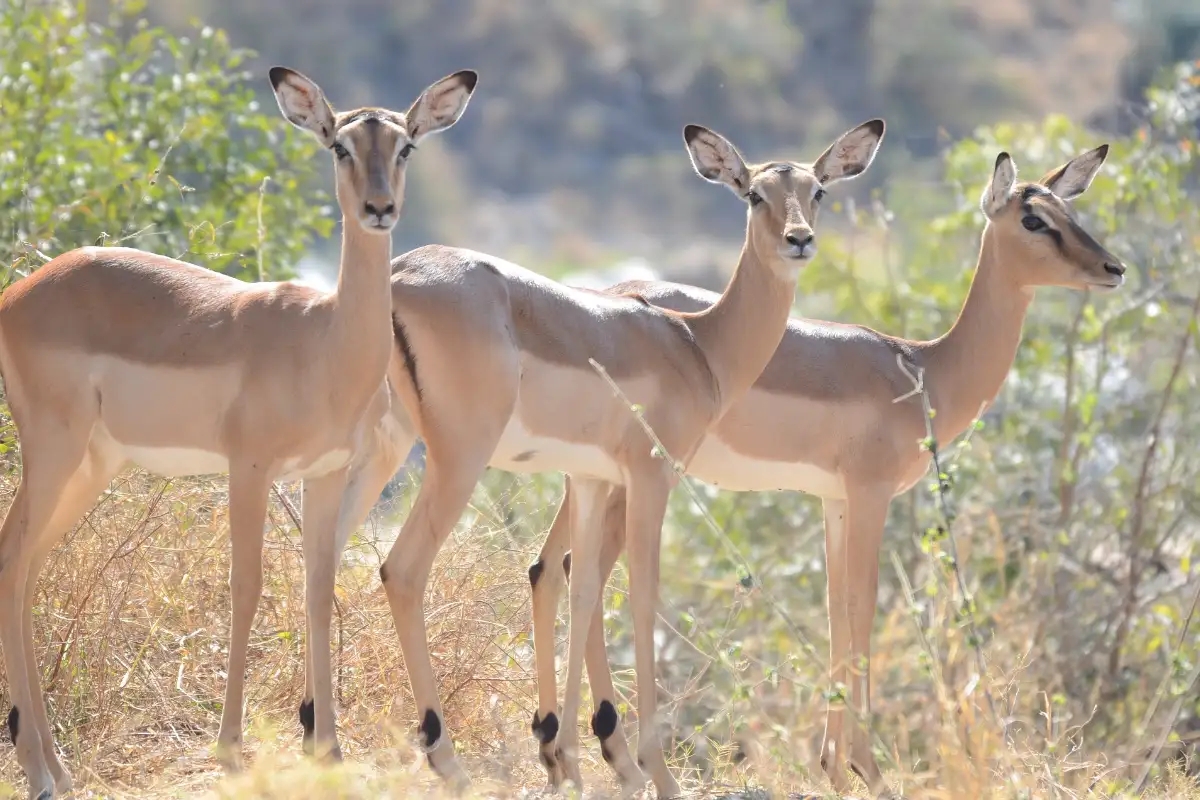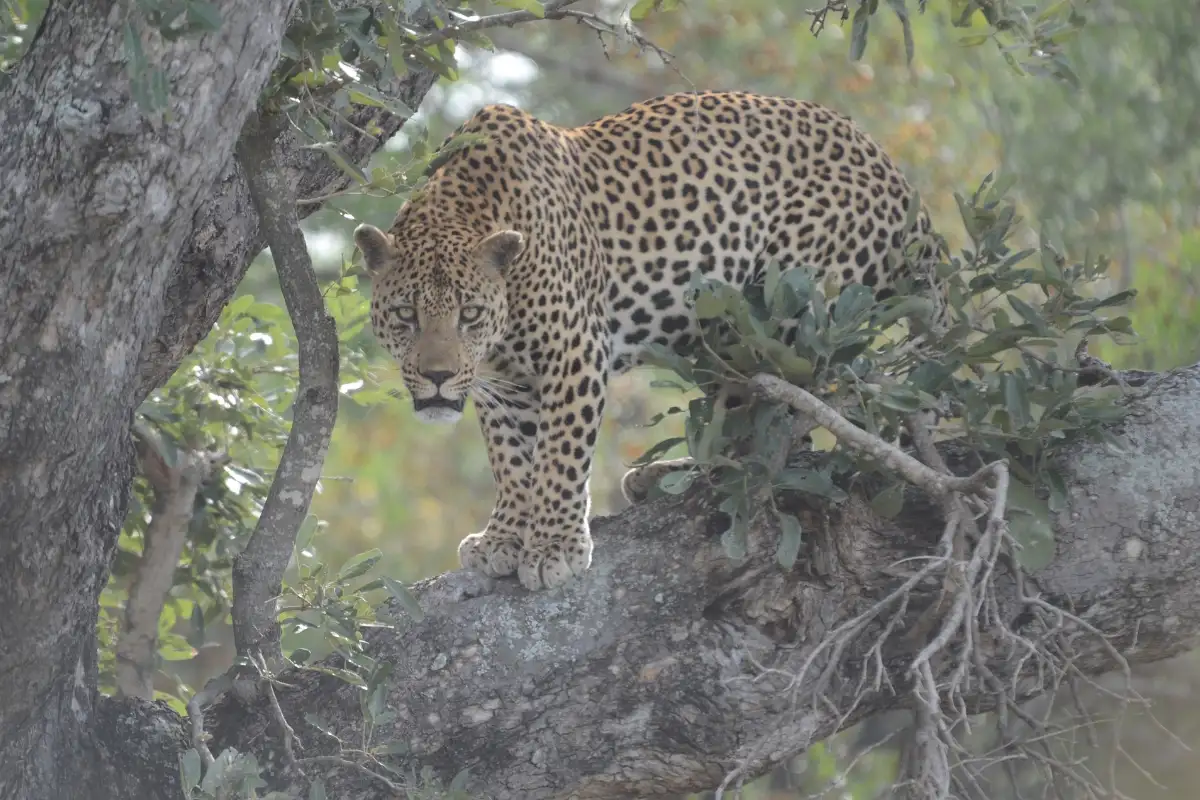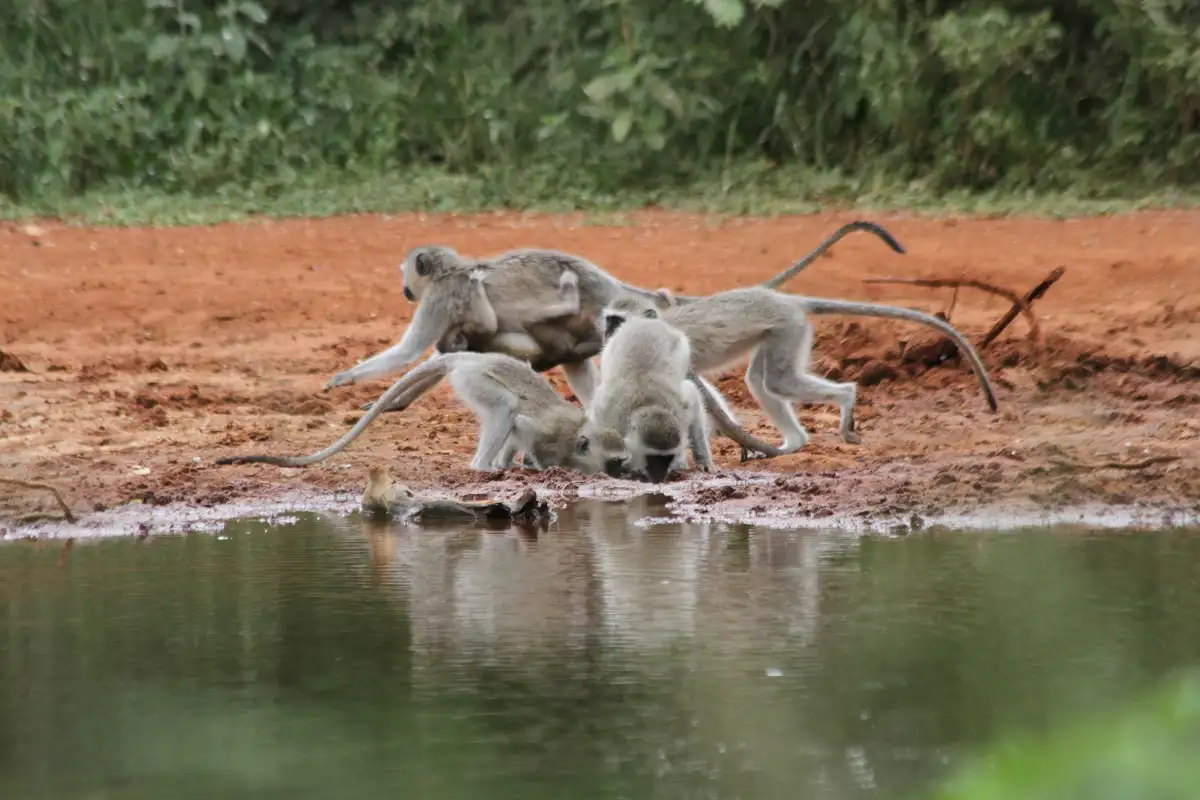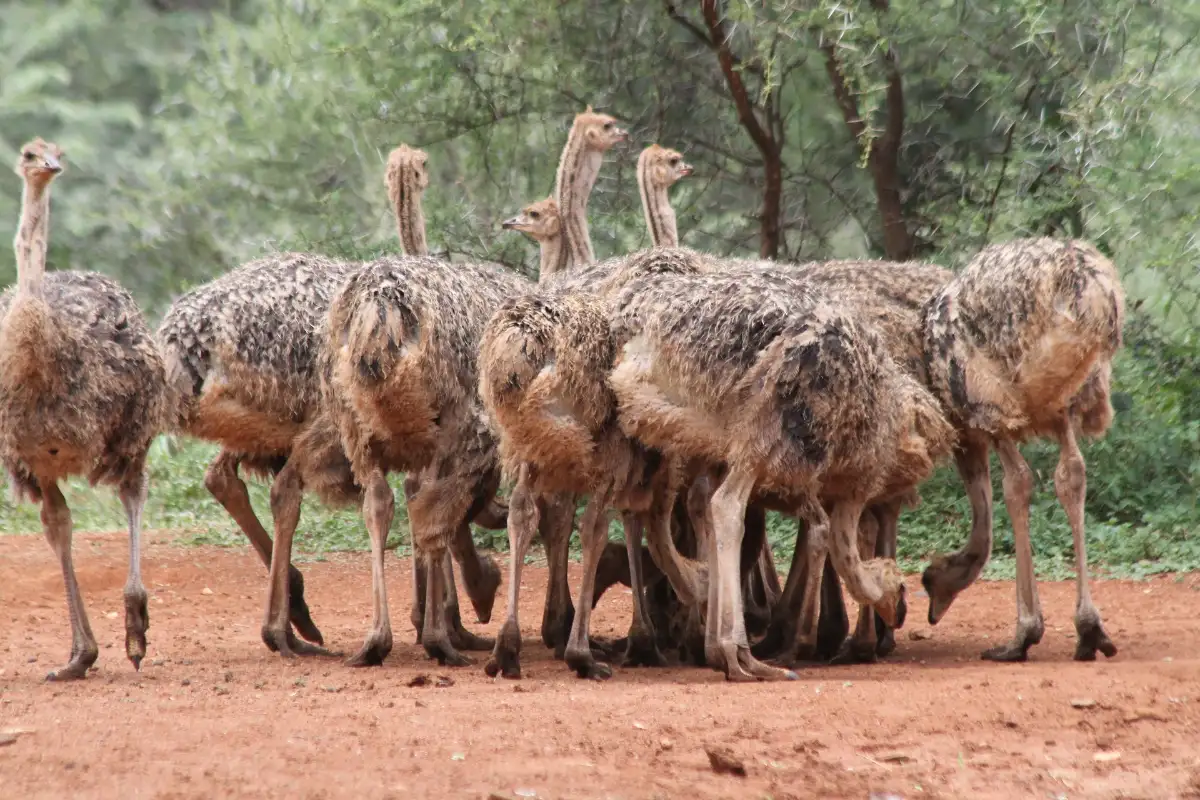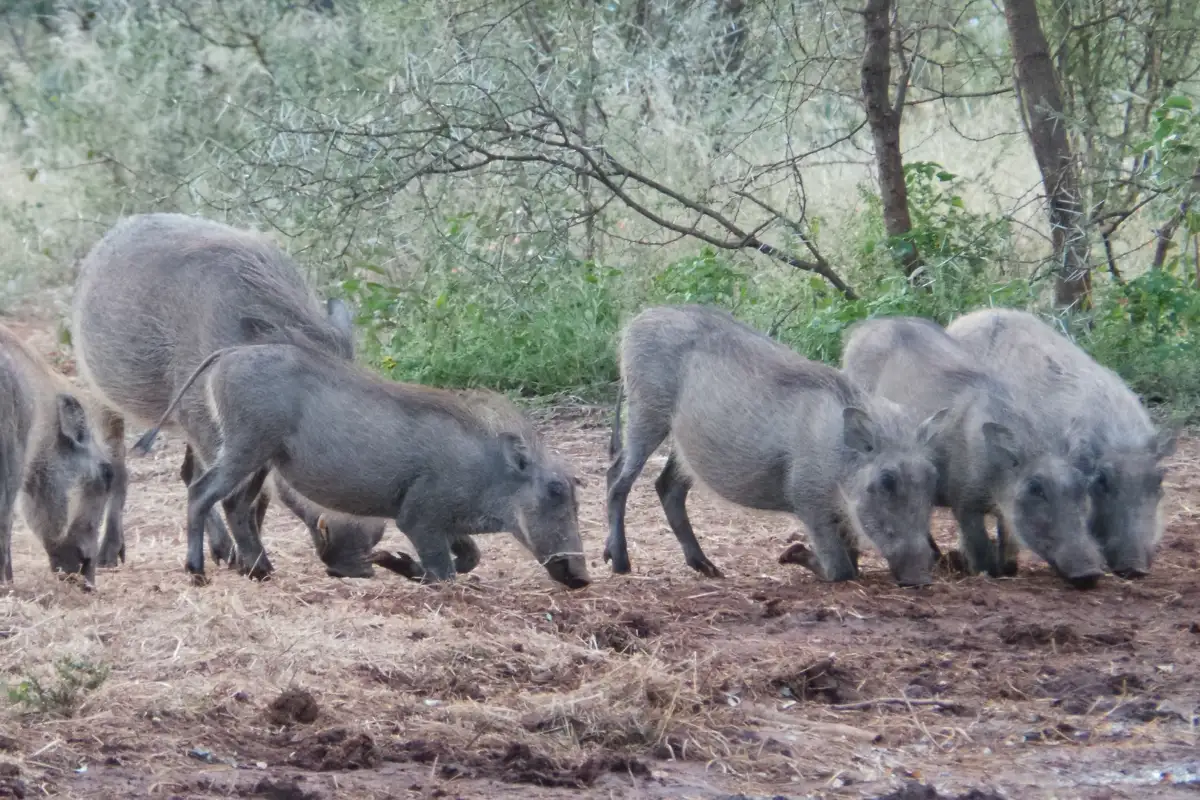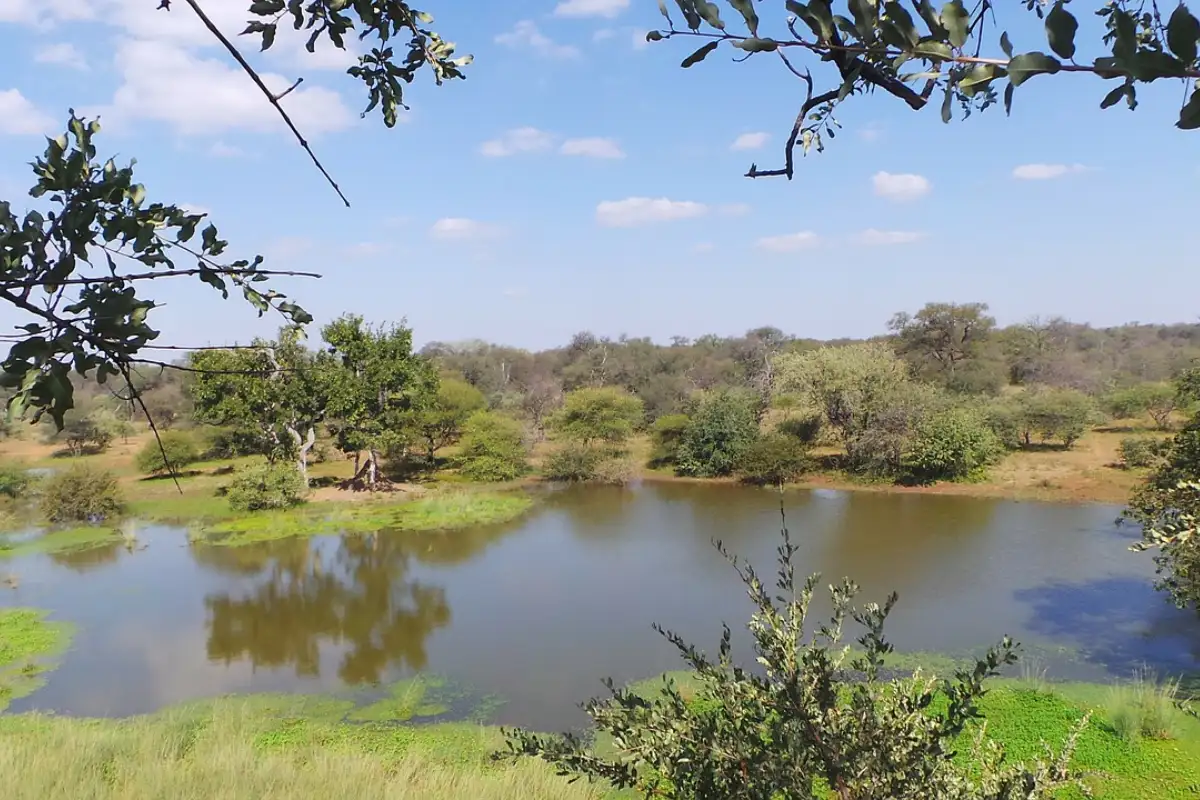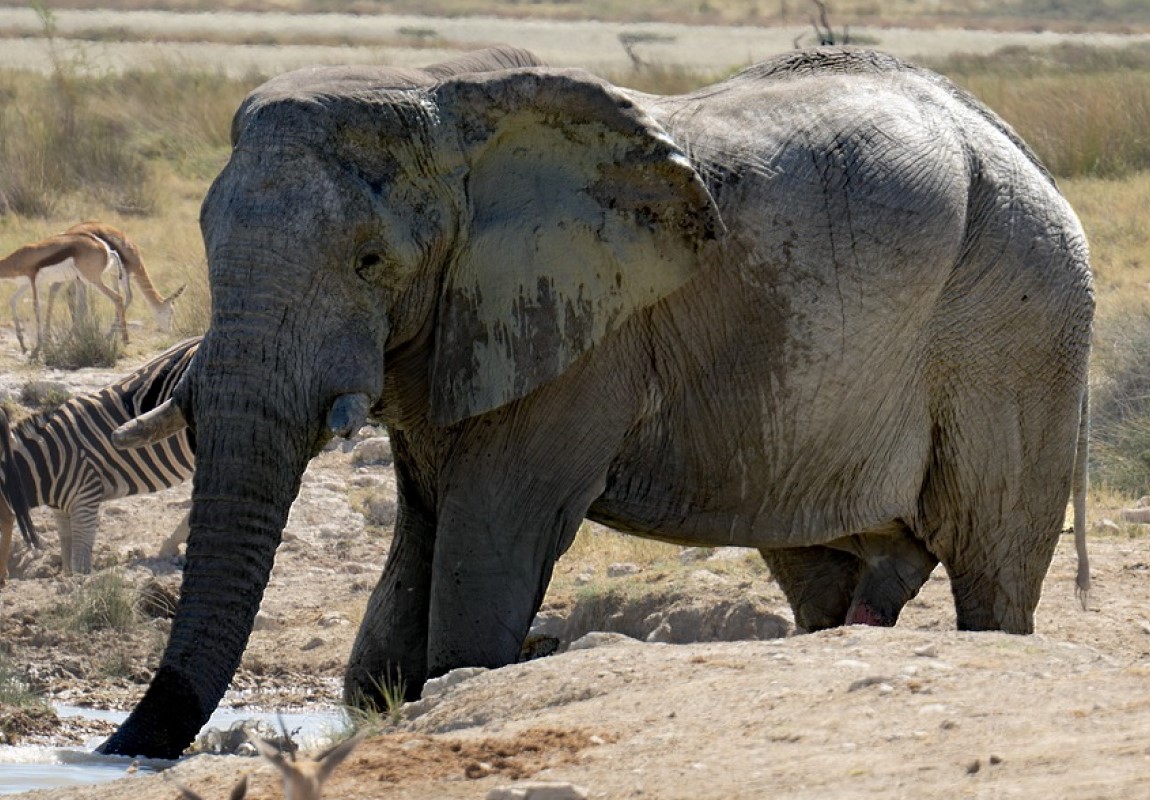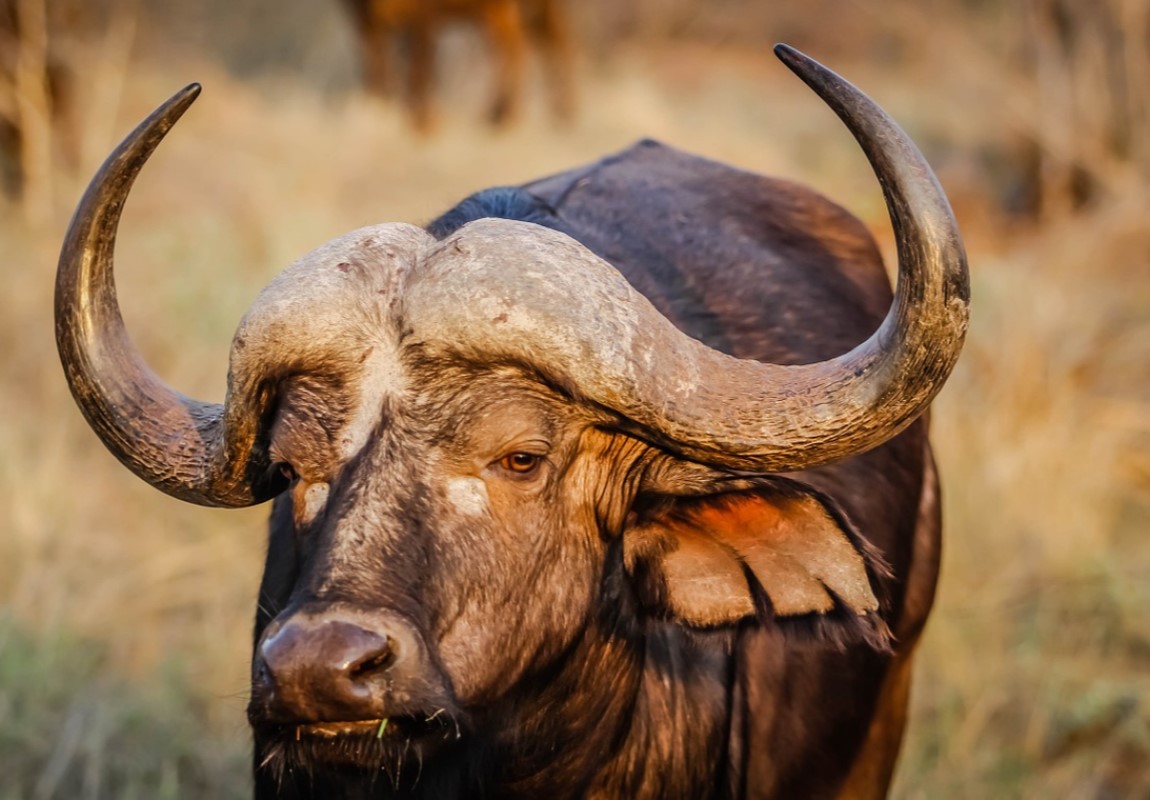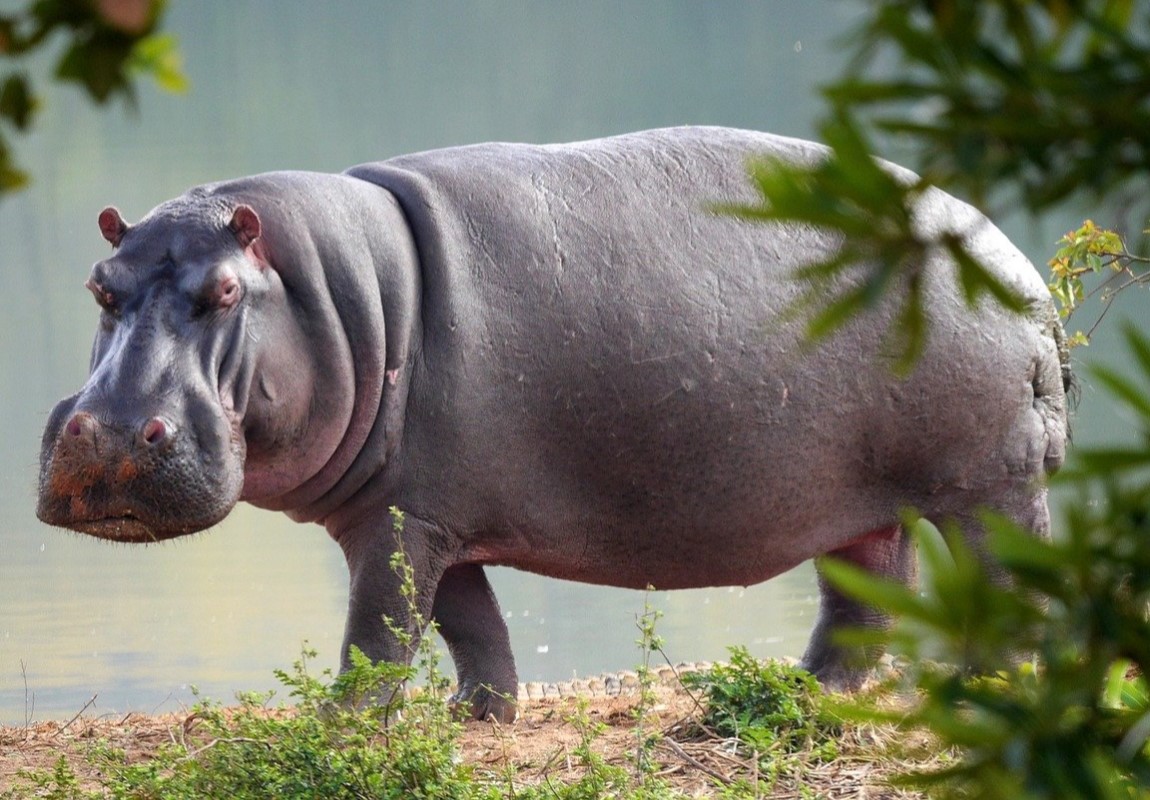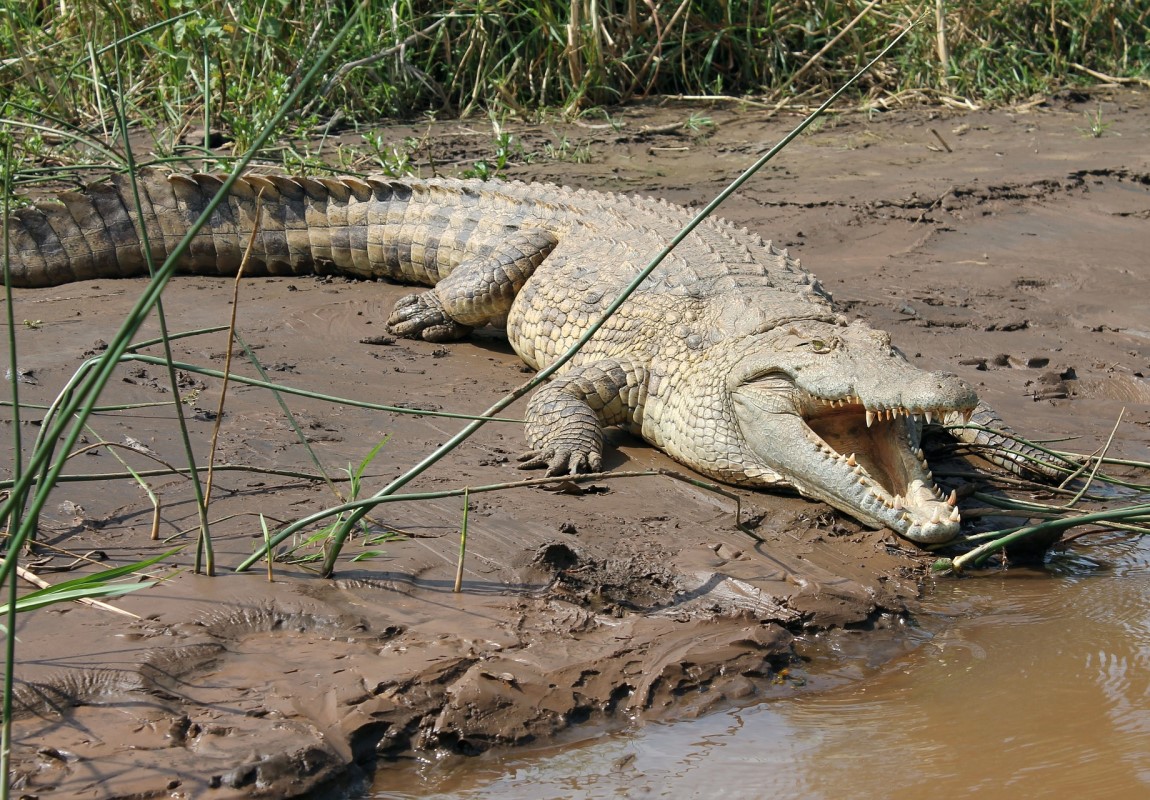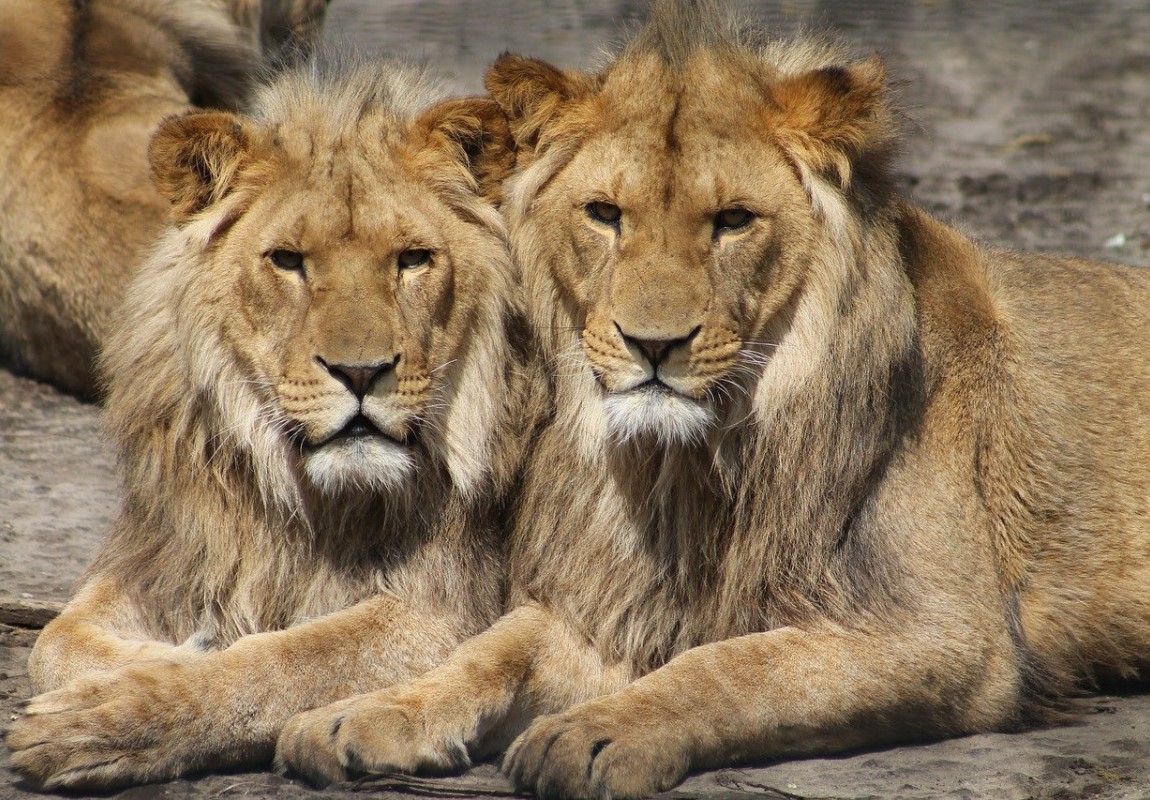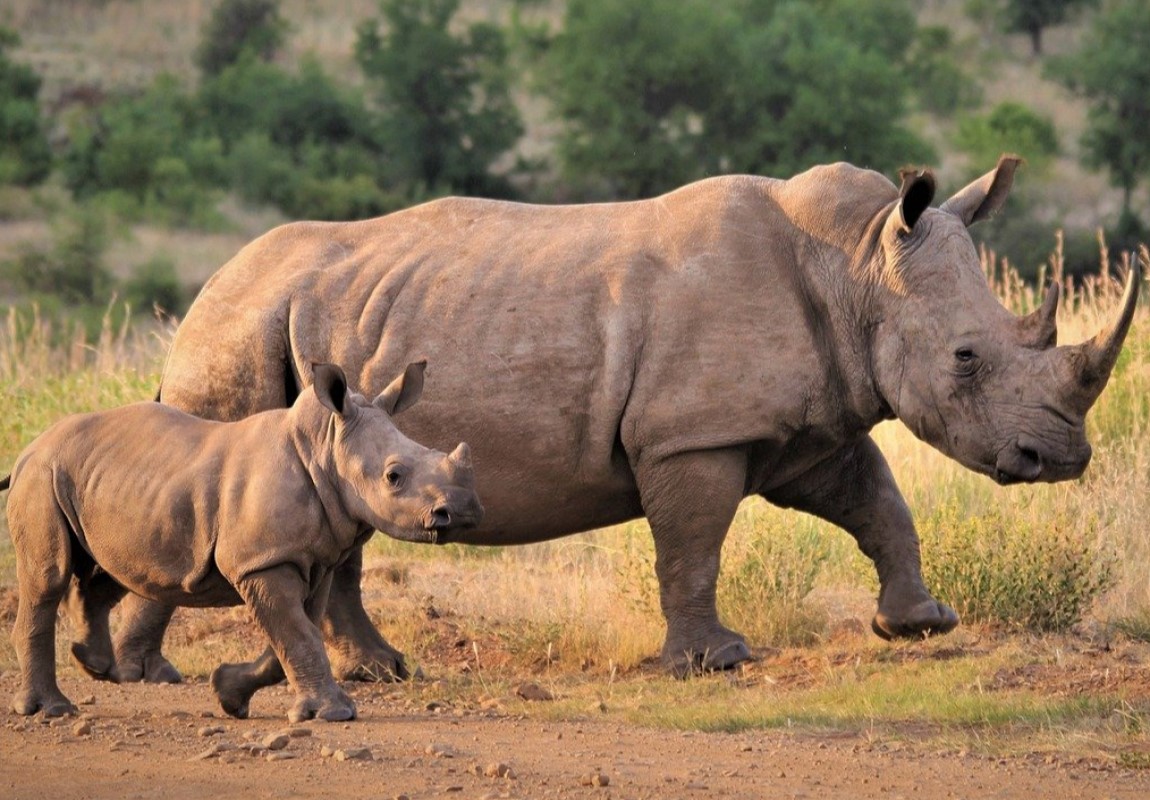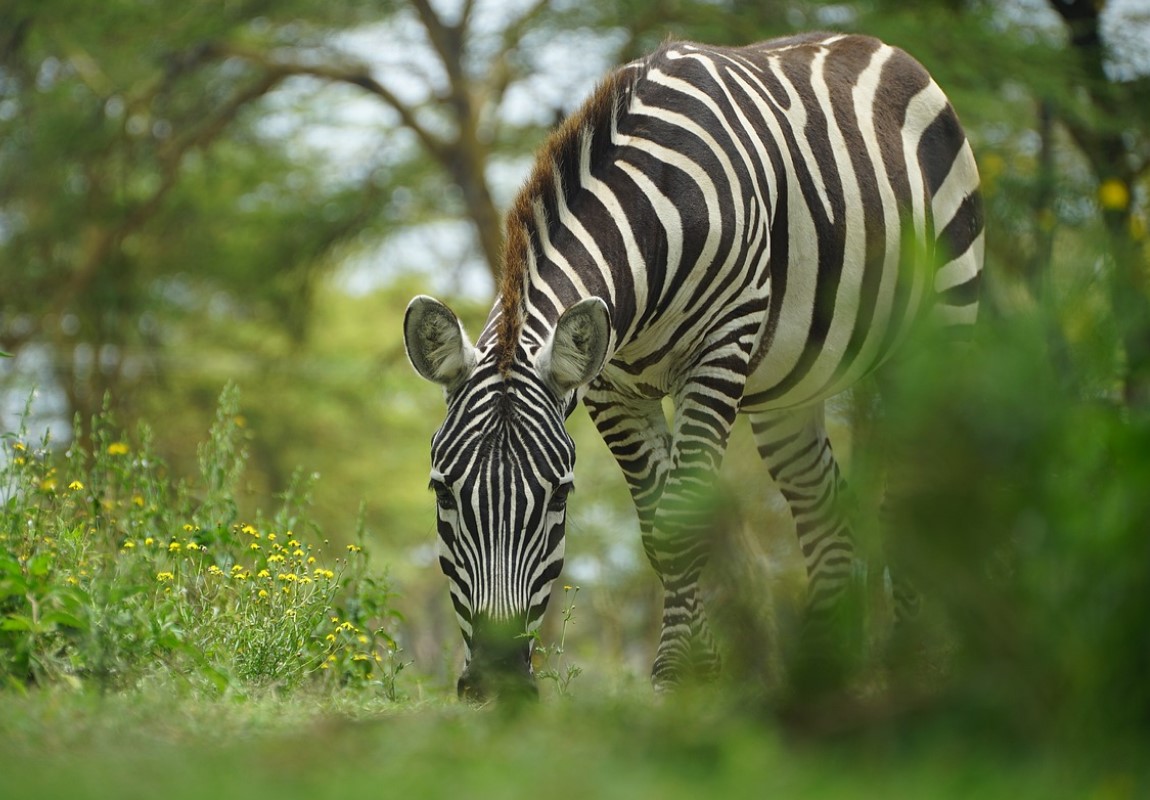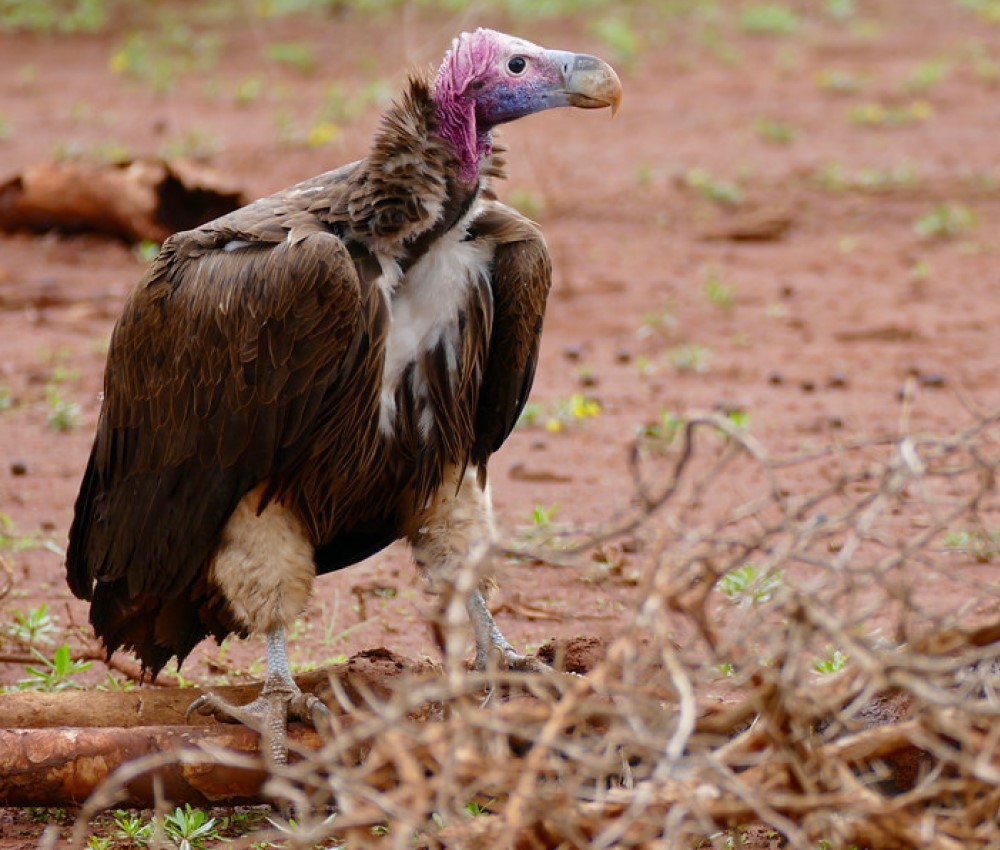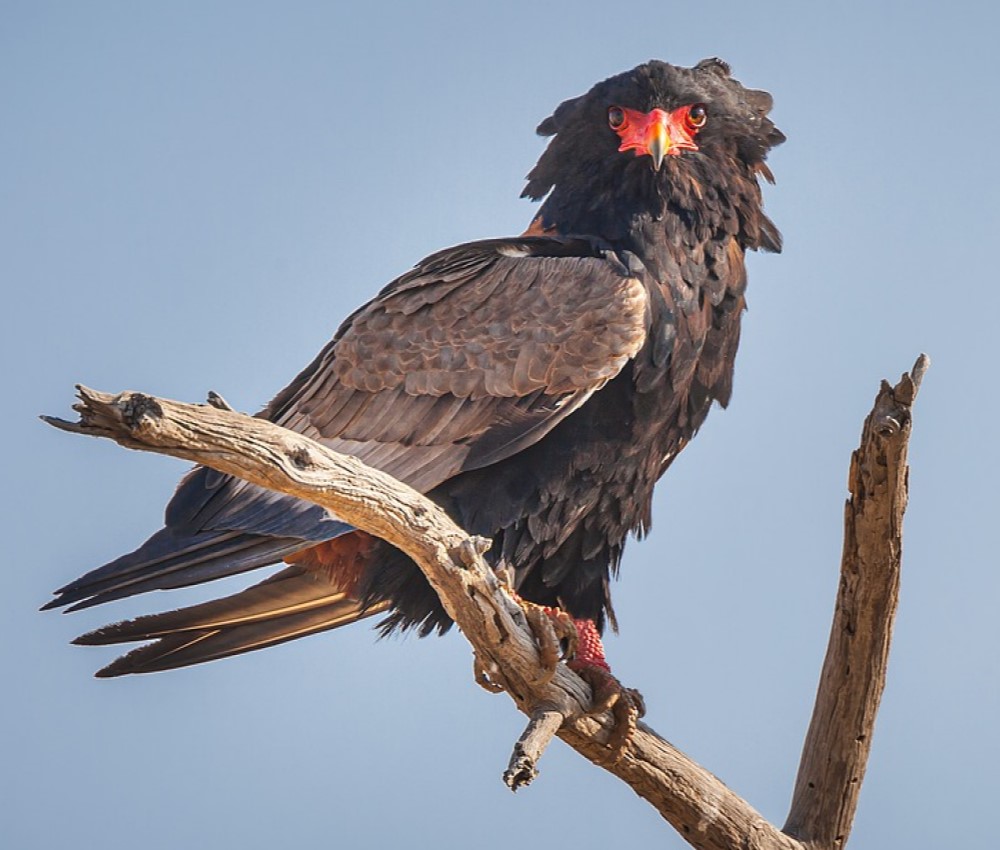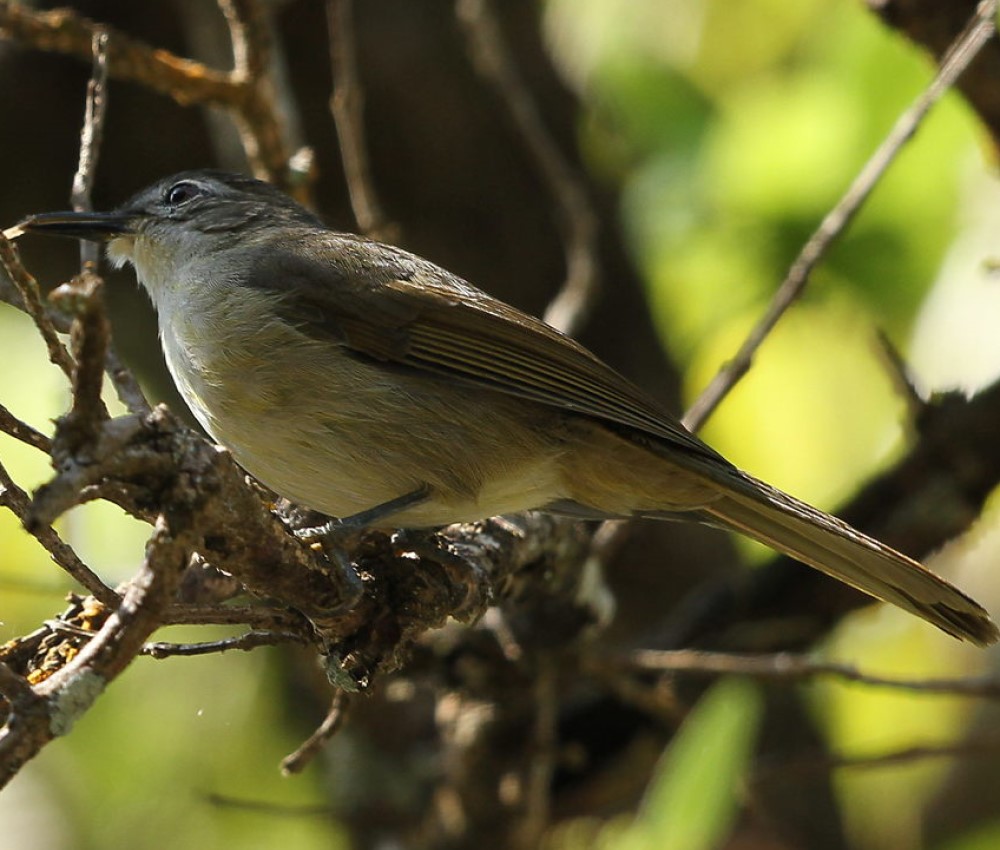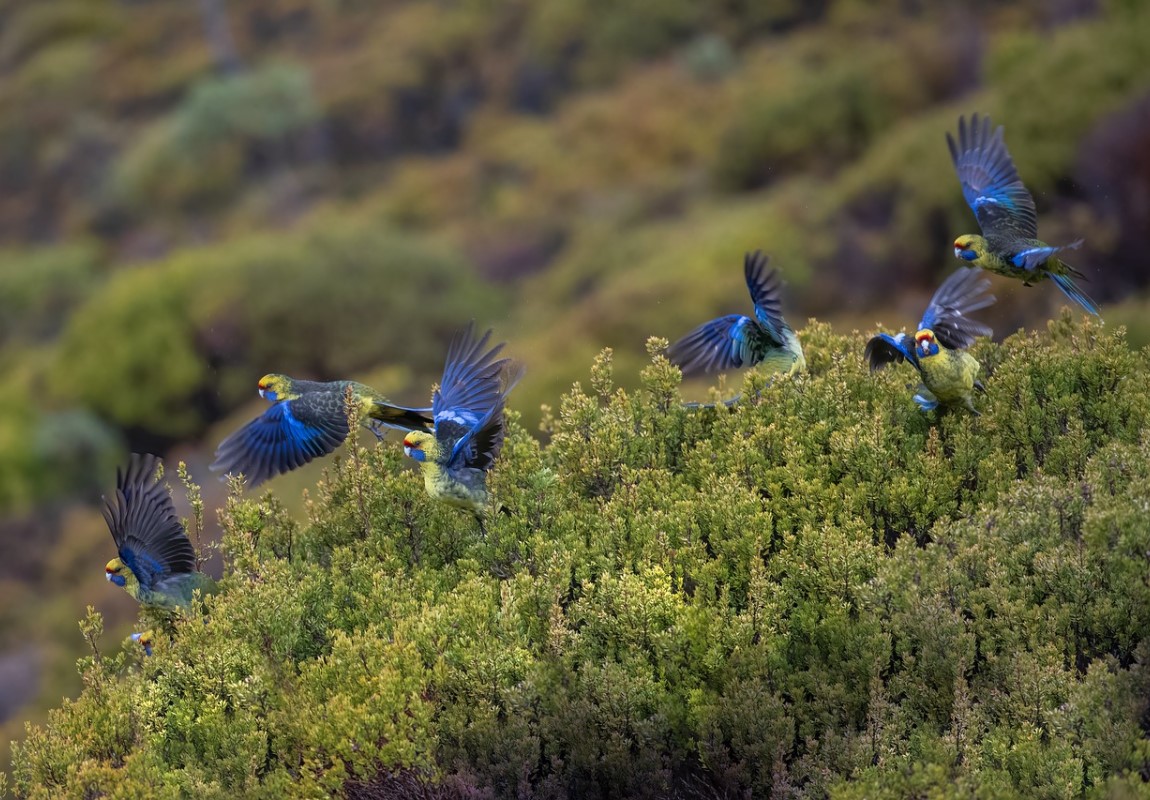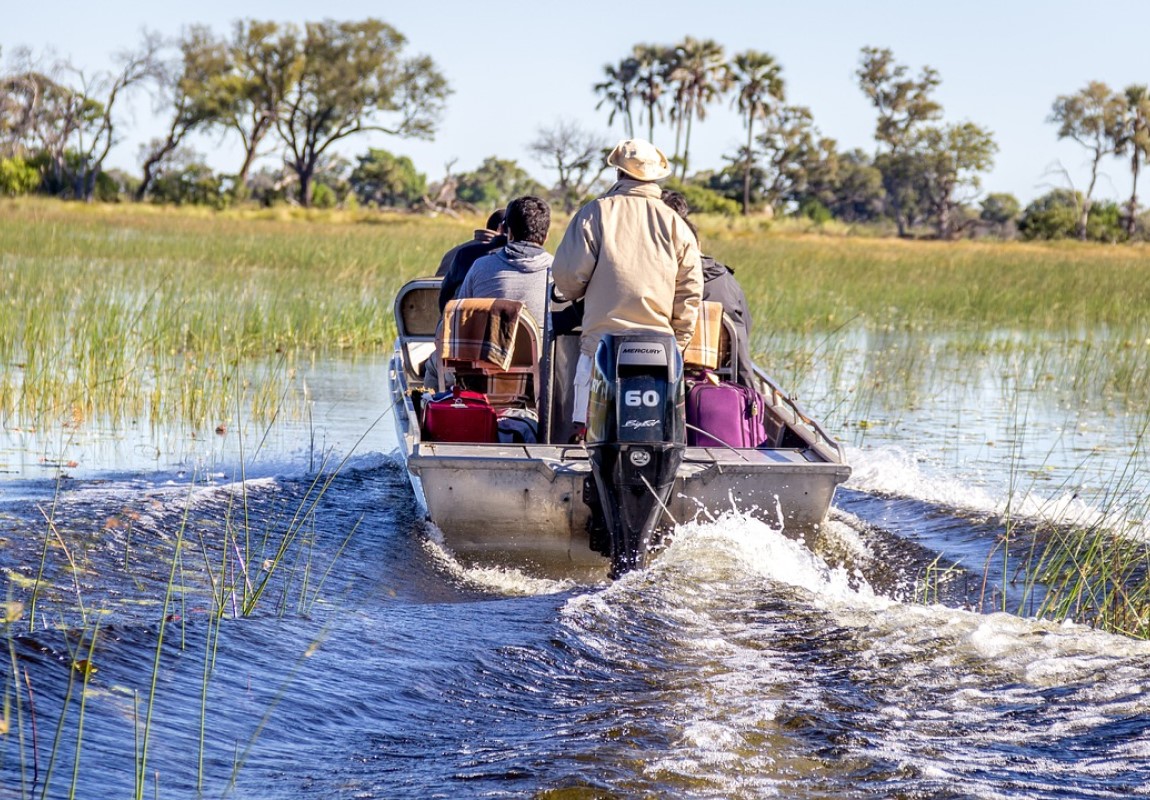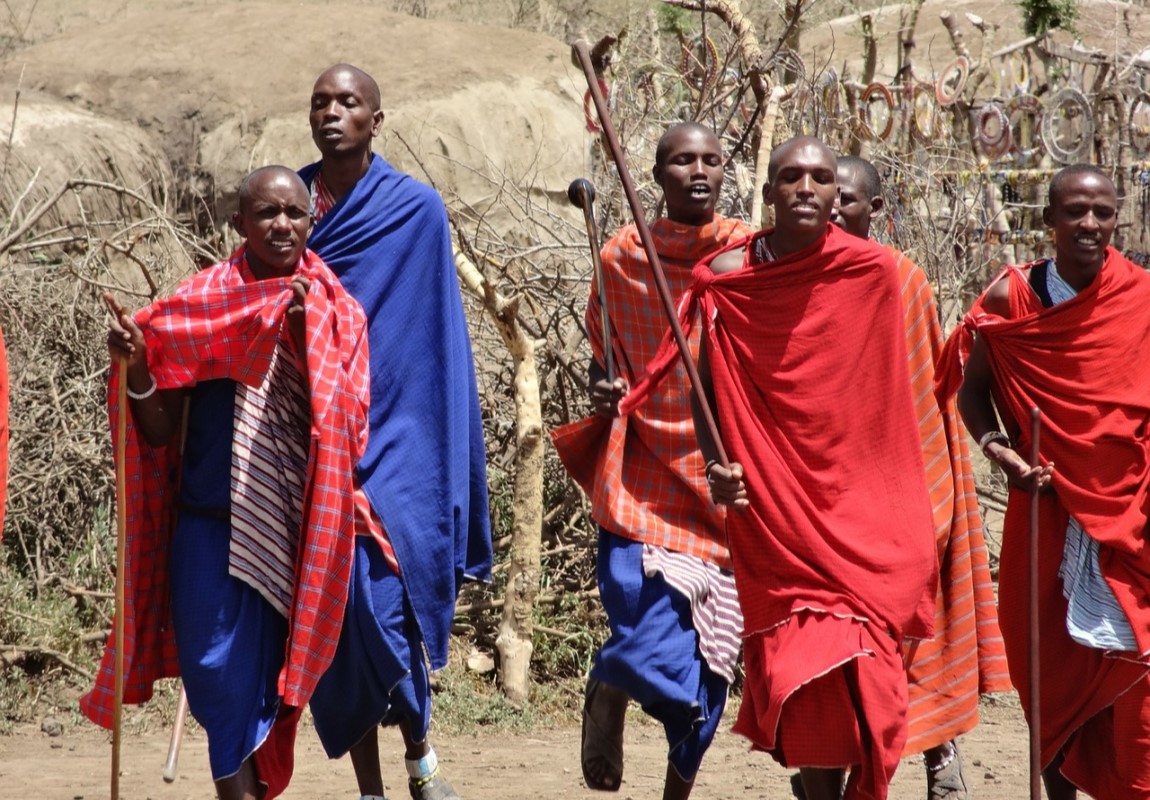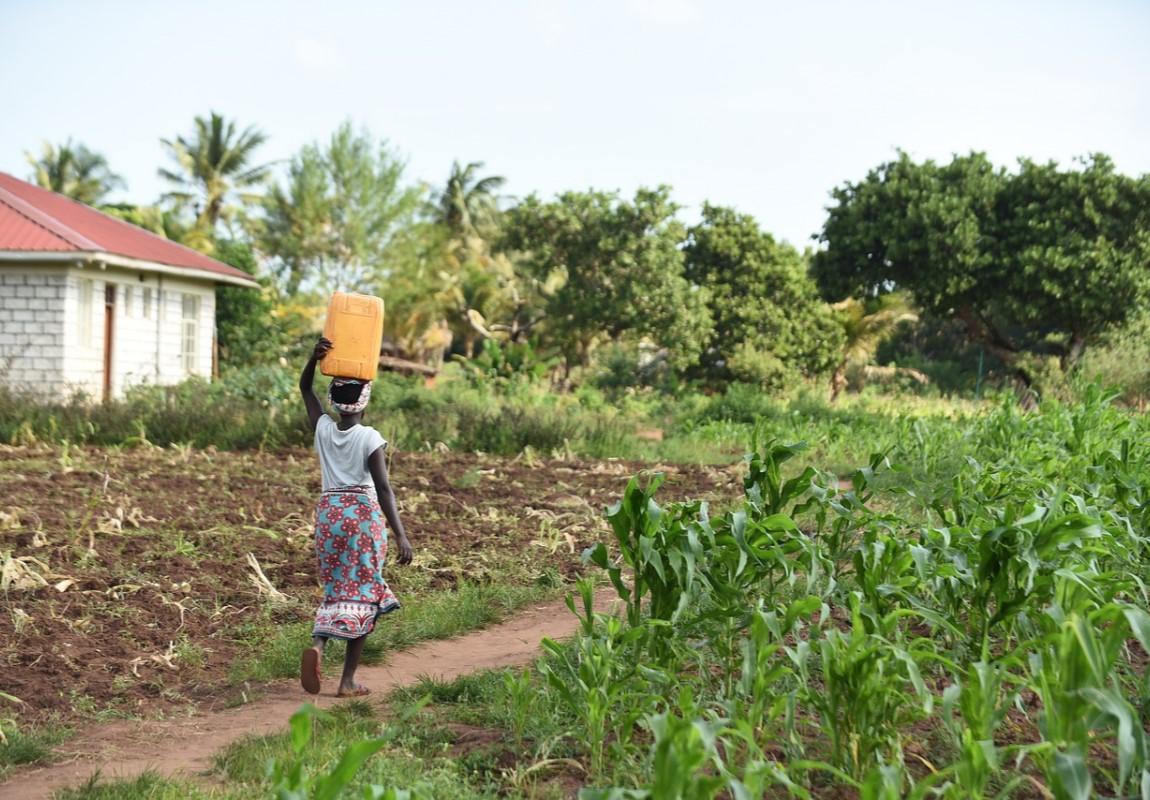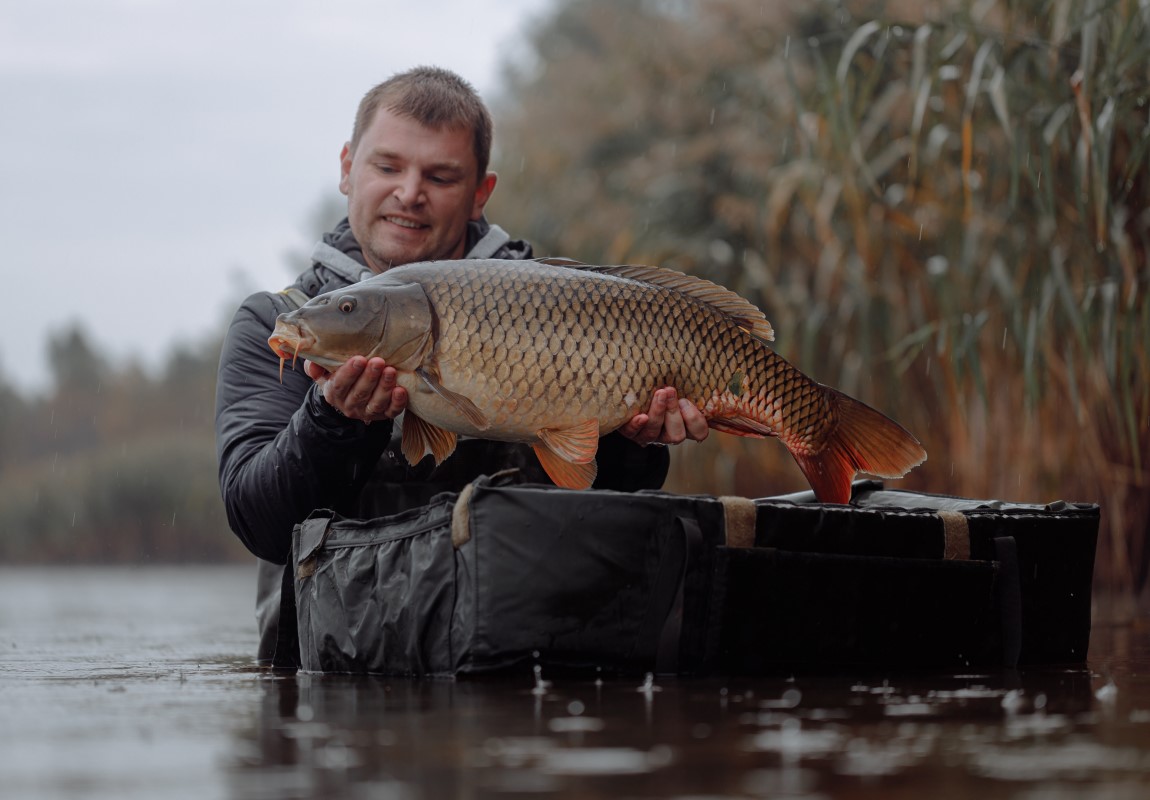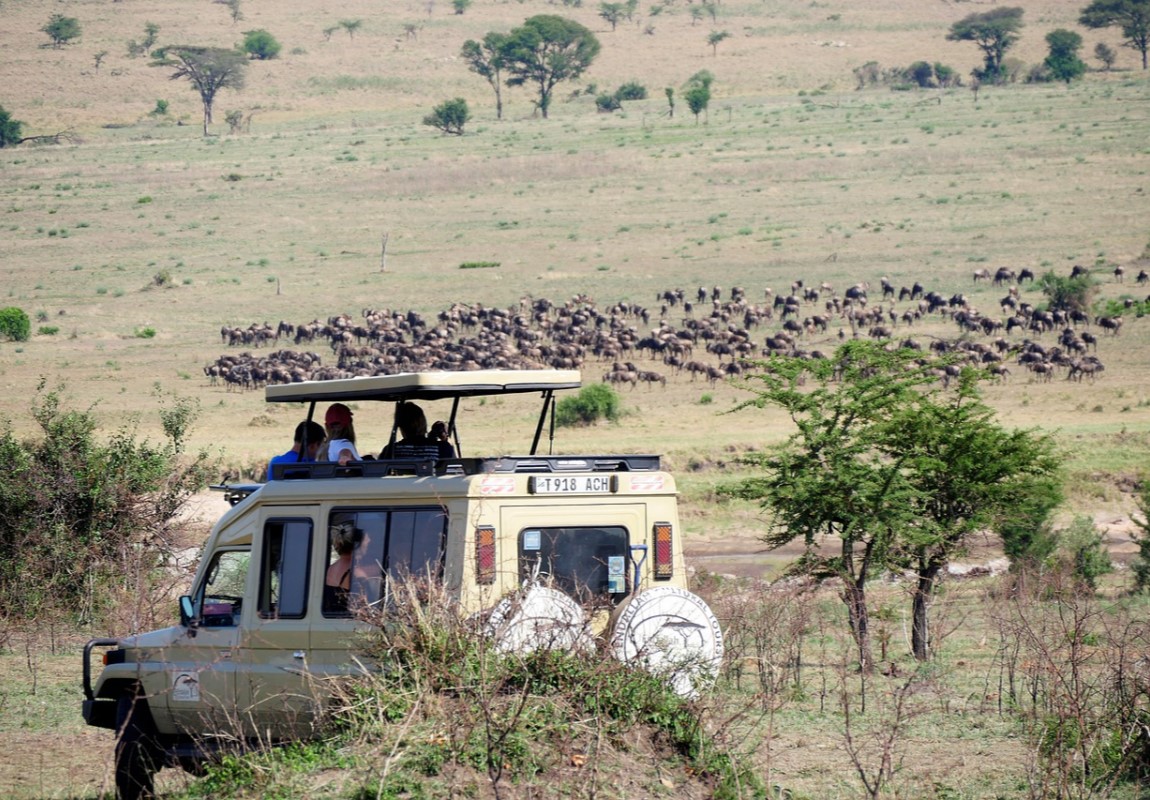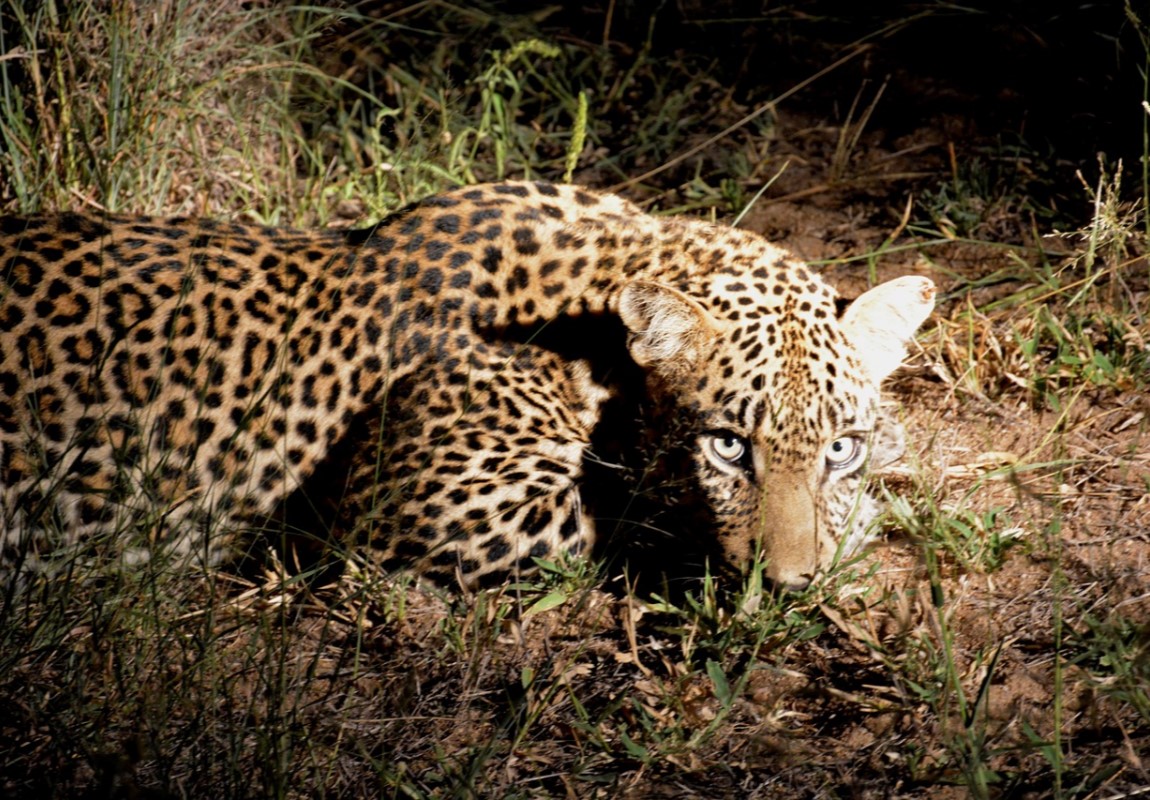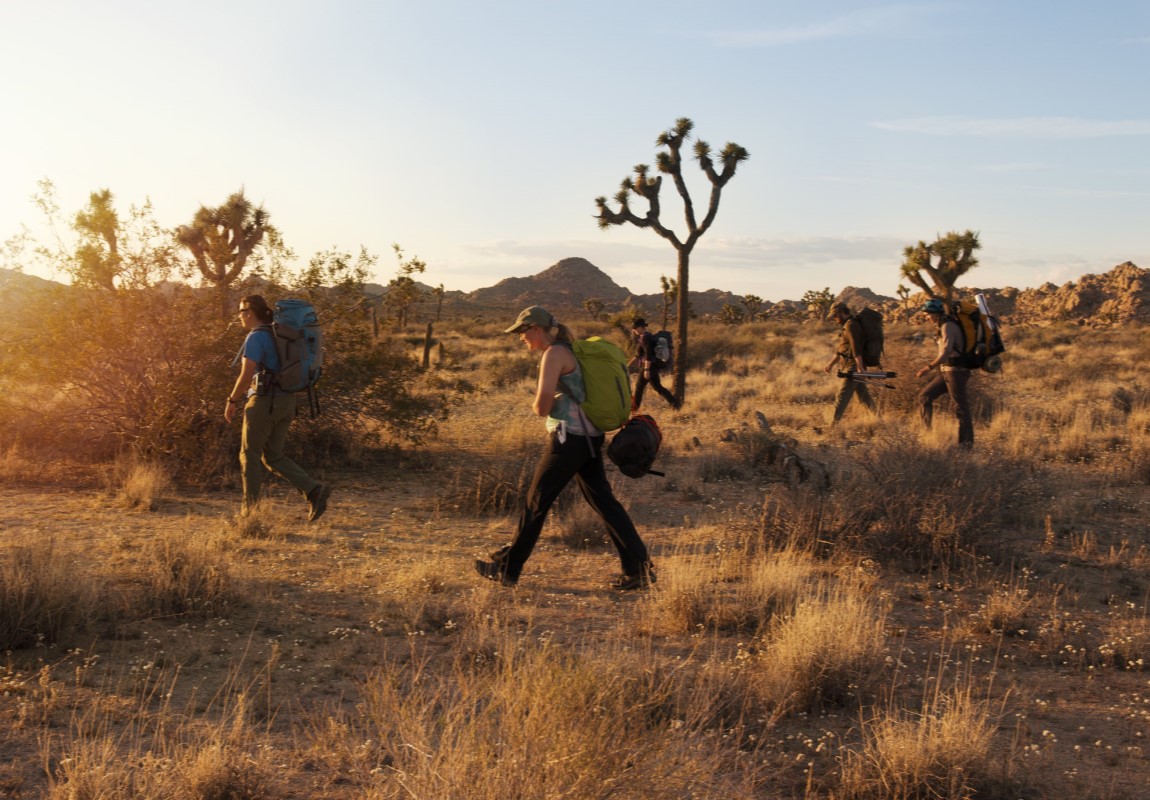Limpopo National Park 
Limpopo National Park - Mozambique Wildlife Destination
Starting from
$550PP
Overview
With the strong Shingwedzi flowing through its heart, Limpopo National Park is populated with a wide scope of wildlife, flaunts amazing views and offers a scope of invigorating wild encounters. Around 4,000 creatures were relocated from Kruger into Limpopo to restock the park. The park is verged on the north by what Rudyard Kipling broadly named the "extraordinary grey-green greasy Limpopo River" and on the south by the Olifants River and its recently finished Massingir Dam, home to the crocodile. Today, guests to Limpopo can appreciate directed hiking and game walks, fishing and exploration by canoe and 4x4 trail.
Pros & Cons
- Amazing wildlife experience with all the Big 5 animals
- An incredibly diverse variety of birdlife is available for birding enthusiasts
- Community development projects and village visits
- Game drives, walking safaris, Hiking & Canoe Safari are available
- An opportunity to help an incredible conservation effort
- 4x4 trail from Kruger to Limpopo
- Can be visited from Kruger National Park through a border crossing
- Very few lodges are available in the park
- Very Limited wildlife viewing opportunities
- Limited road connectivity
Map in Mozambique

Want to Visit Limpopo National Park?
Gallery Images
Explore the stunning beauty of Limpopo National Park through our curated collection of photographs showcasing its landscapes, wildlife, and natural wonders.
Want to Visit Limpopo National Park?
Wildlife & Animals
Limpopo National Park borders the world-renowned Kruger Park. Most of the animals found in Kruger are additionally found in Limpopo. This park is home to mammalian species including elephant, lion, Cape wild dog, leopard, rhinoceros, blue wildebeest, spotted hyena, Cape buffalo, mongoose, kudu, giraffe, zebra, oribi, and hippopotamus.
Wildlife Highlights
As there aren't numerous roads in the area, a large portion of the wildlife viewing is done by walking. Seeing enormous creatures like elephants, buffalo or giraffes on a mobile safari is an extraordinary encounter. You're probably not going to see any predators by walking and in any event, spotting them on a drive is hit-and-miss. however, lions and hyenas are regularly heard around evening time.
Best Time for Wildlife Viewing
The best time to capture wildlife viewing is in the Dry season from July to October when animals are concentrated near rivers and other permanent water sources. At this time the vegetation is also thinner making sightings easier.
Want to Visit Limpopo National Park?
Birds
The Limpopo National Park, with its huge unexplored regions and various habitats, offers one of the most invigorating birding destinations in Southern Africa. There have been more than 500 species recorded in the area to date. The Eastern Escarpment (counting Magoebaskloof) and the Soutpansberg mountain range make help in the scene which takes into consideration the advancement of afro-calm backwoods, with Cape Parrot, Black-fronted Bush-Shrike, Barratt's Warbler, Yellow-streaked Greenbul, and Orange Ground Thrush. While the eastern lower slants and valleys of Magoebaskloof give solid locales to the subtle Bat Hawk and Green Twinspot.
Best Time for Birding
Limpopo is an excellent region for Bird watching which can be visited around the year. However, the best time to visit is in the wet season from November to April. During this time migratory birds are present. As road conditions are very bad, most of the wildlife viewing in the park is done on foot, which is excellent from a bird-watching point of view.
Want to Visit Limpopo National Park?
Best Time to Visit – Limpopo National Park
The best time to capture wildlife viewing is in the Dry season from July to October when animals are concentrated near rivers and other permanent water sources. At this time the vegetation is also thinner making sightings easier.
May to October (Dry Season)
- Amazing wildlife viewing opportunities
- It is sunny, and there is little rain
- Fewer mosquitoes and less chance of catching malaria
- Warm clothes are recommended for the morning & evening chill weather
- The sky is hazy with a lot of dust in the air
November to April (Wet Season)
- Plenty of baby animals that attract predators
- Birding is best as migratory birds are present
- The scenery is beautiful and at its most lush
- Very hot & Humid climate
- Roads become bad and are sometimes impassable
- Wildlife viewing is better in Dry Season
Want to Visit Limpopo National Park?
Activities
Explore popular activities available in and around Limpopo National Park.
Want to Visit Limpopo National Park?
No FAQs available for this park yet.

 English
English French
French